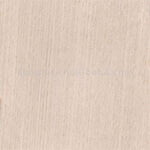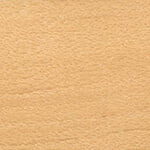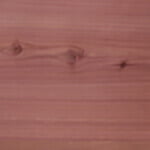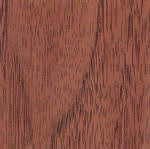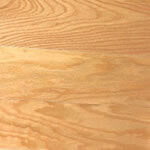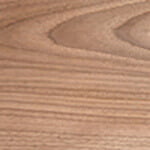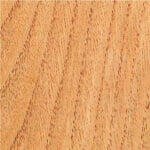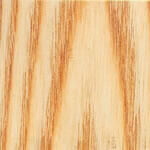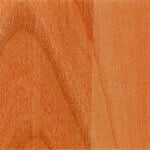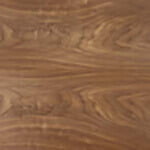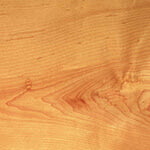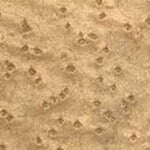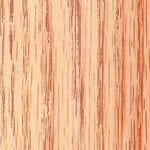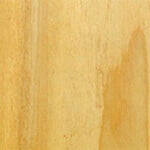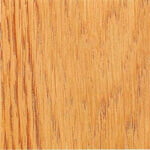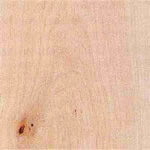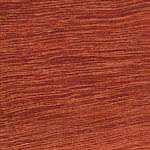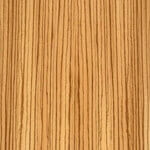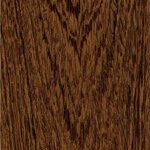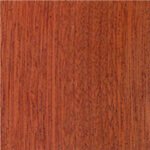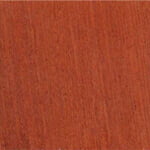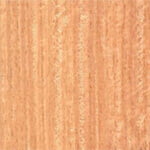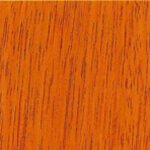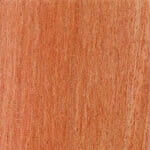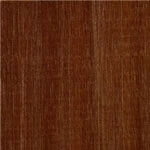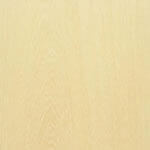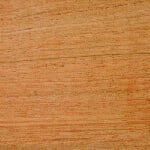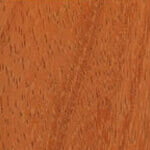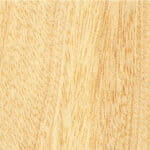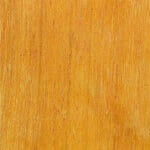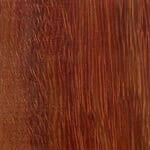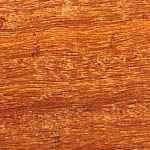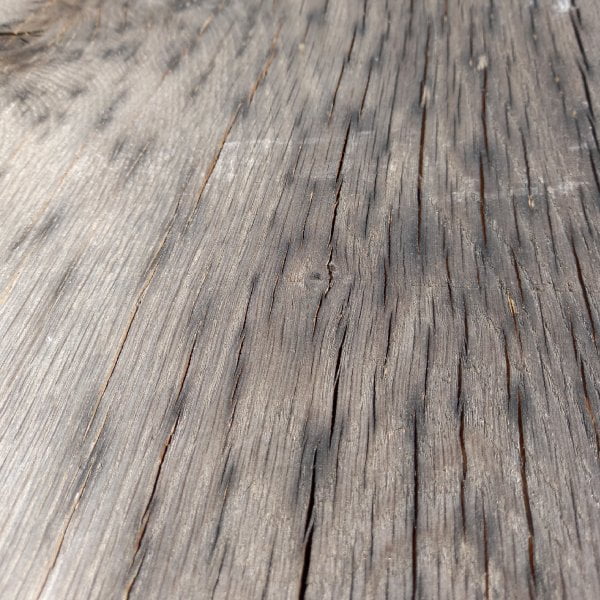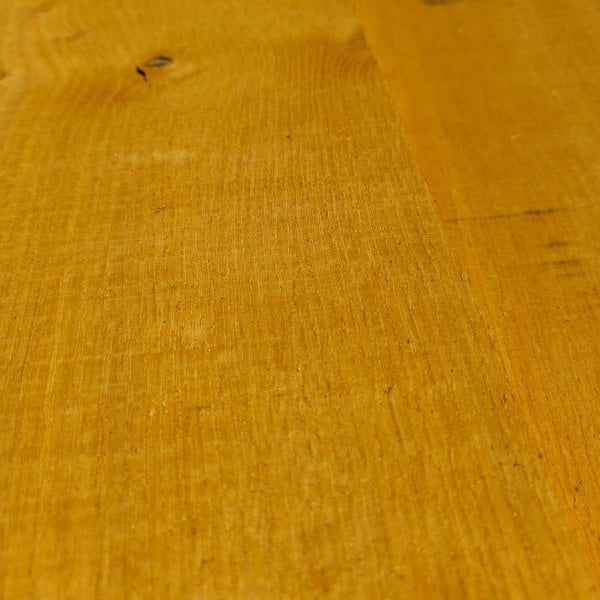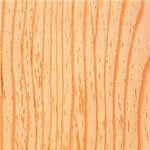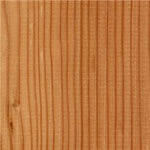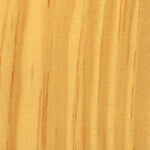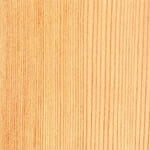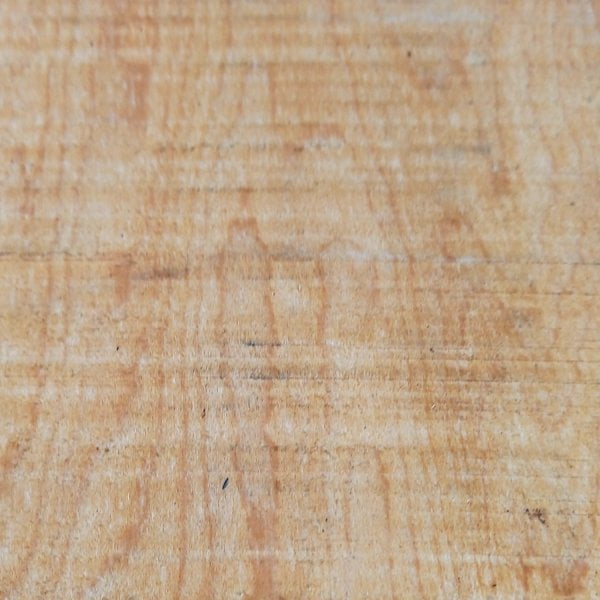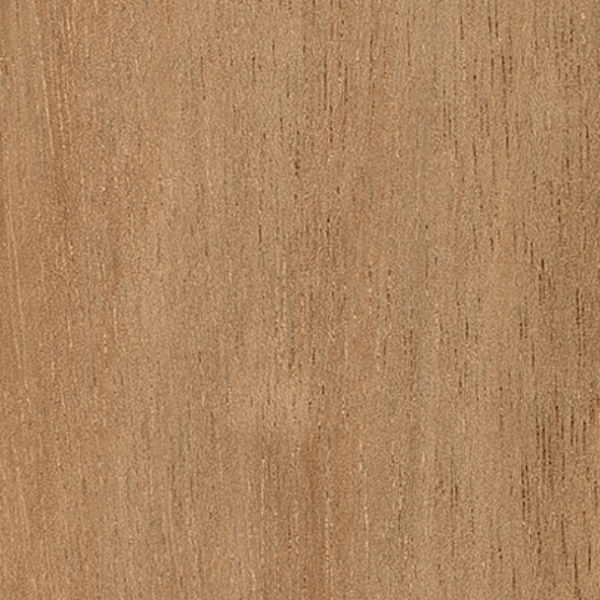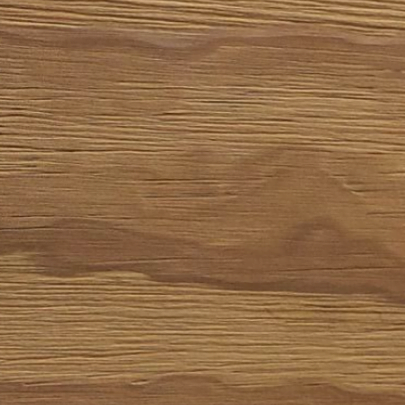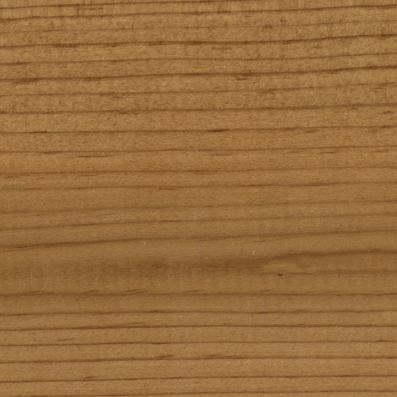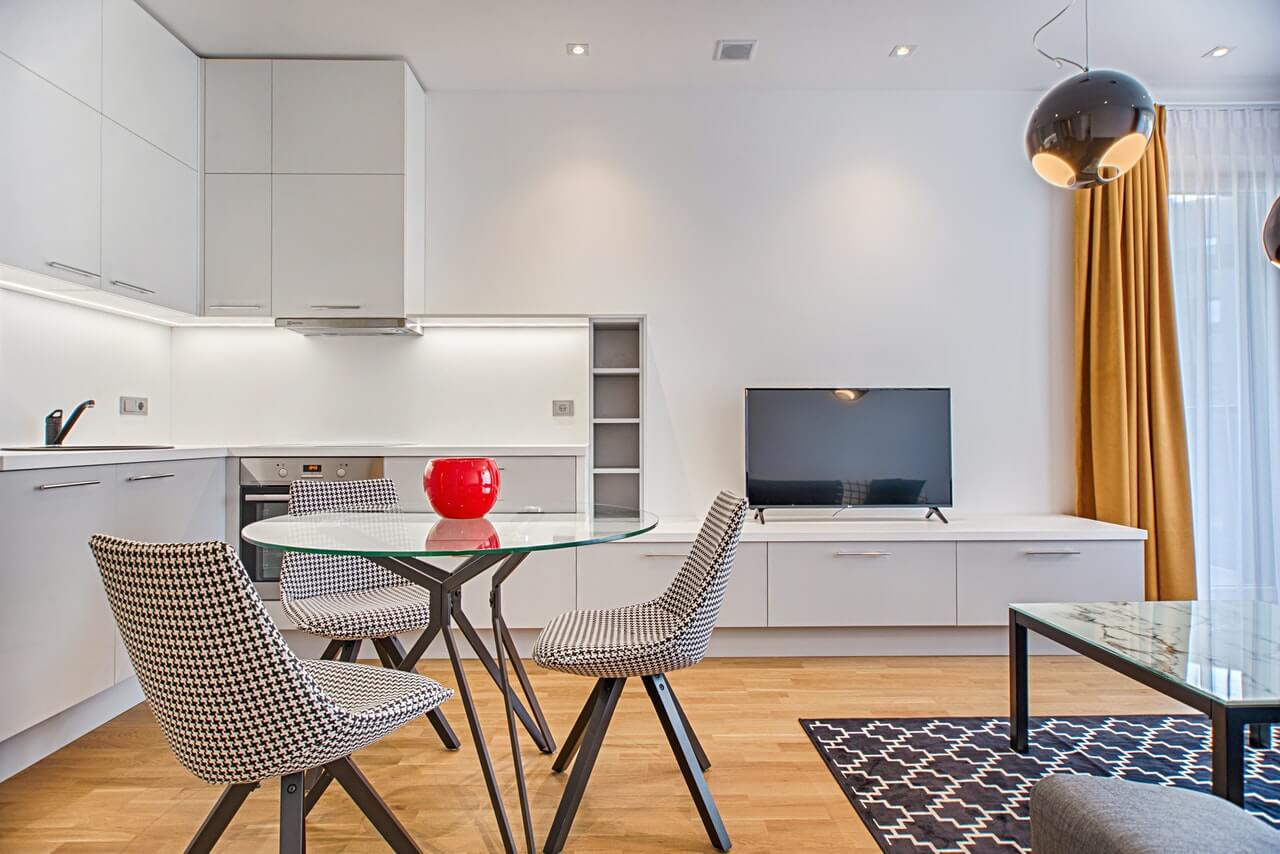Whether it’s for a new home or you just fancy a change to your current living space, choosing the right flooring is rarely as straightforward as it sounds.
Wood flooring has continued to surge in popularity in recent years, but even if you’re completely settled on wood, there are still so many options available to you – from colours to materials – that it can be tricky to know where to start.
And choosing which wood flooring is best is about more than just the quality of the wood.
In this latest installment of the Whitmore’s Timber blog, we take a look at the different types of wood flooring available, focusing on the more popular options to help you identify the best wood flooring for your project or home.
And remember, if you have any questions or need some extra information, our experienced team are always here to help, so please don’t hesitate to get in touch!
Flooring Materials
There are a whole lot of flooring materials to choose from out there, but generally, they all fall into the wood vs laminate debate. However, it’s worth noting that the wood category can be broken up into several variants, including engineered wood and reclaimed wood flooring.
Solid Wood Flooring
OVERVIEW
We’re biased of course, but if you’re looking to install wood-effect flooring in your home then it’s difficult to beat the real thing. Solid wood flooring is formed from multiple solid wood boards, each of which is normally 18-20mm thick and generally fitted by means of a tongue and groove approach, utilising interlocking ridges that neatly slot together. There are various types of wood used to solid wood flooring, each of which has its own hardness score which indicates the level resistance to denting and general wear and damage. Popular hardwood flooring materials include maple and cherry wood, but as you might expect, oak is probably the most popular.
HOW MUCH DOES IT COST?
Ultimately, the price per square metre depends on the type and quality of the wood in question and can range from as little as £15-20 for cheaper, lower-grade woods right up to in excess of £80 for more expensive hardwoods. However, solid hardwood flooring normally requires a professional installation which will further inflate the total cost.
WOOD FLOORING PROS AND CONS
Solid oak is one of the most durable materials going, meaning your floorboards, if left, will remain intact for hundreds of years without the need for maintenance. The natural aesthetics of hardwood flooring are, in our humble opinion, unrivaled, and there’s a real sense of warmth to oak. Hardwood floorboards can also be refinished to look like new and they can be stained to achieve the desired appearance to match your home.
If you’re particularly environmentally-conscious, it’s also possible to purchase reclaimed wood flooring. Many people also believe that wood grows in character as it ages, so if you’re after a luxury finish that’s easy to maintain then solid wood flooring is the one for you.
As touched upon, the biggest negative point is probably increased cost due to both the price of hardwood boards and the need to have them installed by someone with sufficient experience. This is partly because solid oak must be glued or nailed down. The wood can also scratch and can swell/shrink if the conditions are too damp or dry.
Laminate Flooring
OVERVIEW
Laminate is probably the most popular when it comes to sourcing a wood flooring alternative. Laminate flooring is produced by compressing fibreboard planks which are covered with a printed image of wood and a protective overlay.
HOW MUCH DOES IT COST?
Where you sit in the wood flooring vs laminate debate may well come down to cost. With prices starting from £3 per square metre, laminate flooring is extremely cheap, but often the aesthetics don’t come close to those of wood flooring and typically the cheaper you go, the poorer the resemblance to natural wood.
LAMINATE FLOORING PROS AND CONS
As touched upon, laminate flooring is a dream for those working on a tight budget due to its low cost and it’s quite straightforward to lay too meaning there’s money to be saved on installation costs. This has made it one of the more popular wood flooring materials available. Despite its low cost, laminate also provides resistance against waterlogging and can even be laid in bathrooms, although you should always check your chosen laminate is suitable for use in rooms more prone to damp before purchasing.
There are some setbacks to laminate flooring though. It doesn’t possess the charm and character created by hardwood flooring and, unlike natural wood, laminate lacks the durability of wood and can spoil quite easily. Once damaged, laminate flooring must be replaced as it cannot be sanded and retreated in the same way that hardwood flooring can.
Engineered Wood Flooring
OVERVIEW
In contrast to the thicker hardwood planks used to create solid oak flooring, engineered floorboards are created by combining several thinner layers of natural wood which are essentially glued together to create one thicker piece with a real wood surface, (sometimes called a veneer) to create the same aesthetics of solid oak flooring.
HOW MUCH DOES IT COST?
Engineered wood flooring can still be pretty expensive with prices ranging from £20 to over £160 depending on the price and quality of the wood used.
ENGINEERED WOOD FLOORING PROS AND CONS
Engineered wood achieves an equally attractive appearance to natural wood and can be stained in a similar way, but it’s manufactured core means it is more stable and less likely to swell or shrink if subject to temperature change. This means it’s also more compatible with underfloor heating.
Although arguably much more attractive than laminate flooring, it’s just as difficult to install as real wood flooring so again you’ll need to get a professional to do this for you.
And while engineered and solid wood flooring look very much the same on the surface, it should be noted that the lifespan can be quite different. Whereas solid oak flooring can last for in excess of a hundred years, engineered wood flooring has a typical lifespan of somewhere between 20 and 40 years, so there’s every chance that you’ll still need to replace engineered boards at some point.
